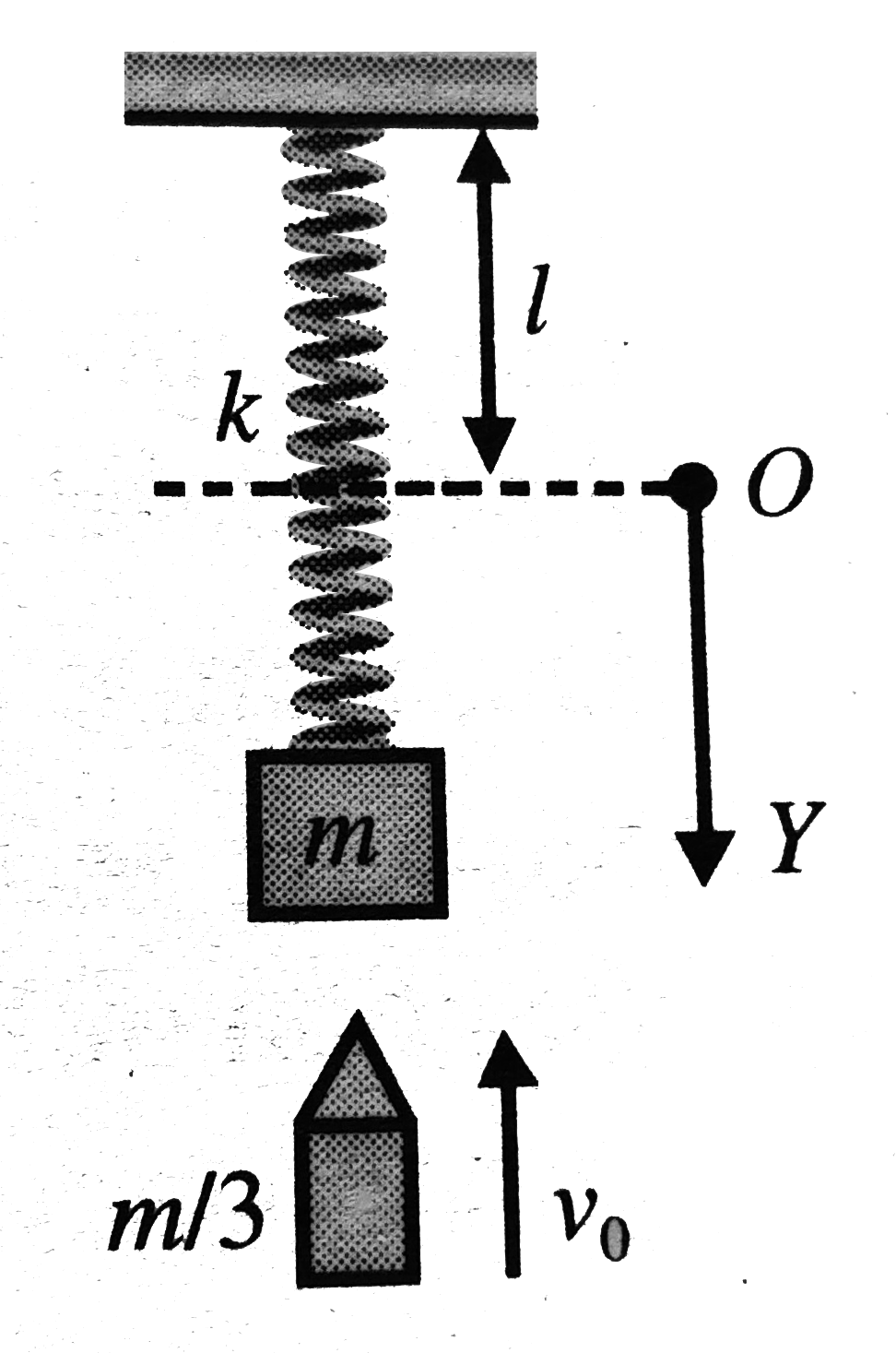The kind of growth in unicelluar organims like bacteria is .
Logarithmic
Arithmietic
Geometric
Plasticity
The correct Answer is:C
To determine the kind of growth in unicellular organisms like bacteria, we can follow these steps:
Step 1: Understand the types of growth
First, we need to understand the different types of growth mentioned in the options: logarithmic, barygmatic, geometric, and plasticity.
Step 2: Identify the growth pattern in bacteria
Bacteria reproduce by binary fission, where one bacterium divides into two, and this process continues. This means that the number of bacteria doubles with each generation.
Step 3: Define exponential growth
Exponential growth refers to a process where the quantity increases at a rate proportional to its current value. In the case of bacteria, this means that as the population grows, the rate of growth also increases.
Step 4: Relate exponential growth to geometric growth
In a discrete context, exponential growth can also be referred to as geometric growth, as it follows a pattern of doubling (1, 2, 4, 8, etc.). Each generation represents a geometric progression.
Step 5: Choose the correct option
Given that bacterial growth is characterized by this doubling pattern, the correct answer to the question is geometric growth.
Final Answer:
The kind of growth in unicellular organisms like bacteria is geometric.
---
First, we need to understand the different types of growth mentioned in the options: logarithmic, barygmatic, geometric, and plasticity.
Bacteria reproduce by binary fission, where one bacterium divides into two, and this process continues. This means that the number of bacteria doubles with each generation.
Exponential growth refers to a process where the quantity increases at a rate proportional to its current value. In the case of bacteria, this means that as the population grows, the rate of growth also increases.
In a discrete context, exponential growth can also be referred to as geometric growth, as it follows a pattern of doubling (1, 2, 4, 8, etc.). Each generation represents a geometric progression.
Given that bacterial growth is characterized by this doubling pattern, the correct answer to the question is geometric growth.
The kind of growth in unicellular organisms like bacteria is geometric.
Topper's Solved these Questions
- PLANT GROWTH AND DEVELOPMENT BOOK - AAKASH SERIESCHAPTER - PLANT GROWTH AND DEVELOPMENT EXERCISE - EXERCISE - I (PLANT GROWTH REGULARTORS - GENERAL )
12 Videos
- PLANT GROWTH AND DEVELOPMENT BOOK - AAKASH SERIESCHAPTER - PLANT GROWTH AND DEVELOPMENT EXERCISE - EXERCISE - I (AUXINS )
15 Videos
- PHOTOSYNTHESIS IN HIGHER PLANTS BOOK - AAKASH SERIESCHAPTER - PHOTOSYNTHESIS IN HIGHER PLANTS EXERCISE - Exercise - III
27 Videos
- PRINCIPLES AND PROCESSES BOOK - AAKASH SERIESCHAPTER - PRINCIPLES AND PROCESSES EXERCISE - Exercise - III (Previous AIPMT/NEET Questions)
26 Videos
Similar Questions
Consider the following statement with respect to reproduction in
the lower living organisms
A. Organismis like yeast and Planaria reproduce asexually by means
of budding
B. True regeneration is observed in Hydra
C. The protonema of mosses multiply by fragmentation
D. In the unicellular organisms like bacteria algae and Amoeba, reproduction is synonymous with growth i.e increase in number of
cells
View SolutionBacteria are
View Solution
Knowledge Check

A block of mass m is suspended from one end of a light spring as shown. The origin O is considered at distance equal to natural length of the spring from the ceiling and vertical downwards direction as positive y-axis. When the system is in equilibrium a bullet of mass m3 moving in vertical up wards direction with velocity v0 strikes the block and embeds into it. As a result, the block (with bullet embedded into it) moves up and start oscillating. Based on the given information, answer the following question:
Q. The time taken by the block bullet system to move from y=mgk (initial equilibrium position) to y=0 (natural length of spring) is (A represents the amplitude of motion)Athey cannot reproduce sexuallyBthey reproduce by binary fissionCparental body is distributed among the offspringDthey are microsocpic.
For unicellular organisms like bacteria, unicellular algae and amoeba, (A)____ is synonymous with ______(B)
View SolutionThere is no natural death in single celled organisms like Amoeba and bacteria because
View SolutionThere is no natural death in single celled organisms like Amoeba and bacteria because
View SolutionName the following:
The process in which water is boiled to kill microorganisms like bacteria except the spores.
View SolutionA kind of allergy is
View SolutionA bacterium which can check growth of Listeria and botulism bacteria is
View SolutionDescribe the kind of food that would have lactic acid bacteria.
View Solution
